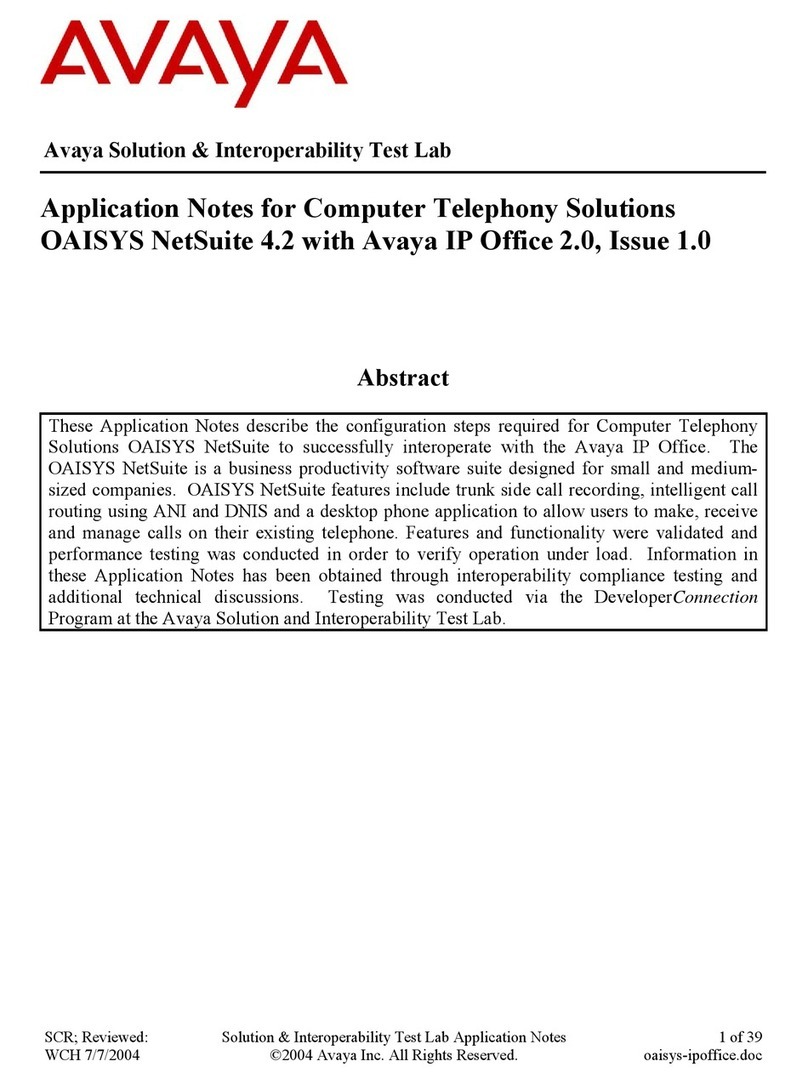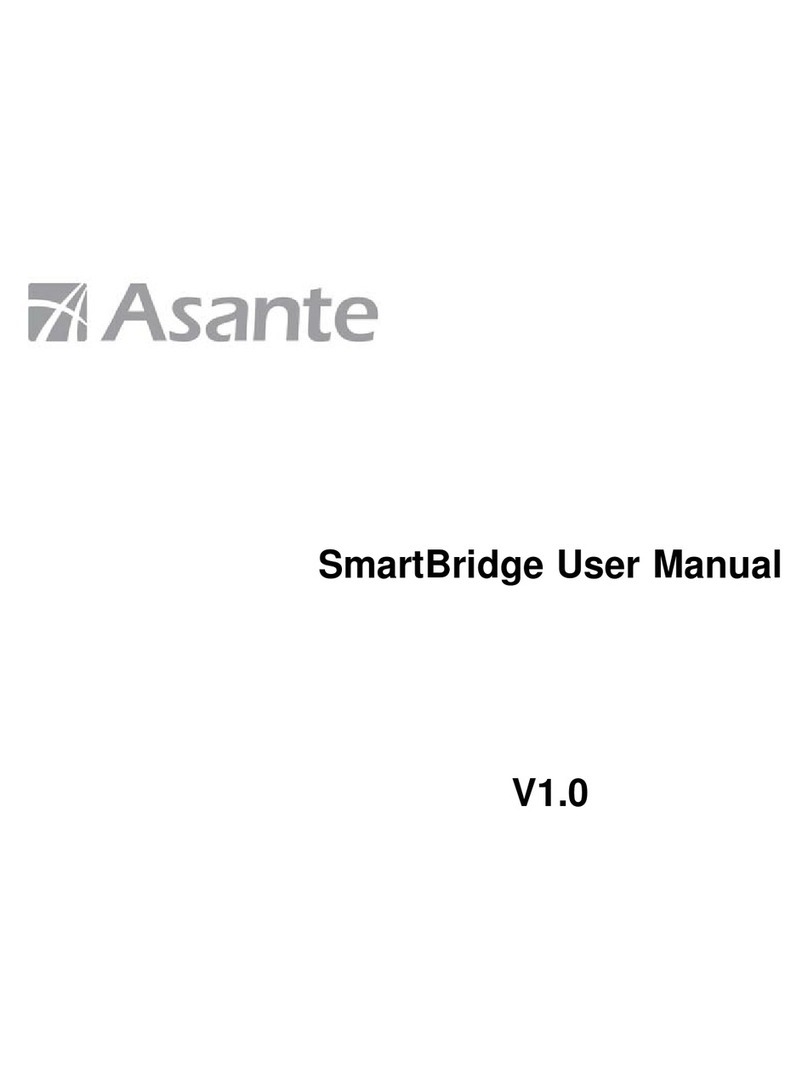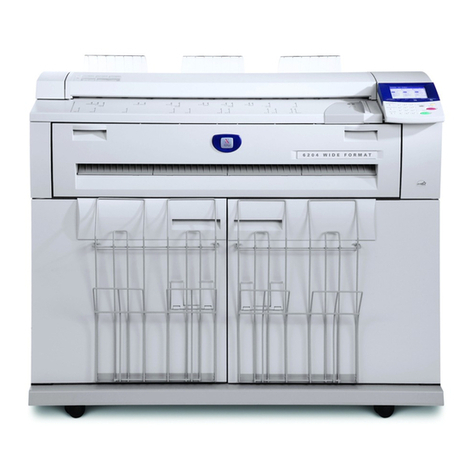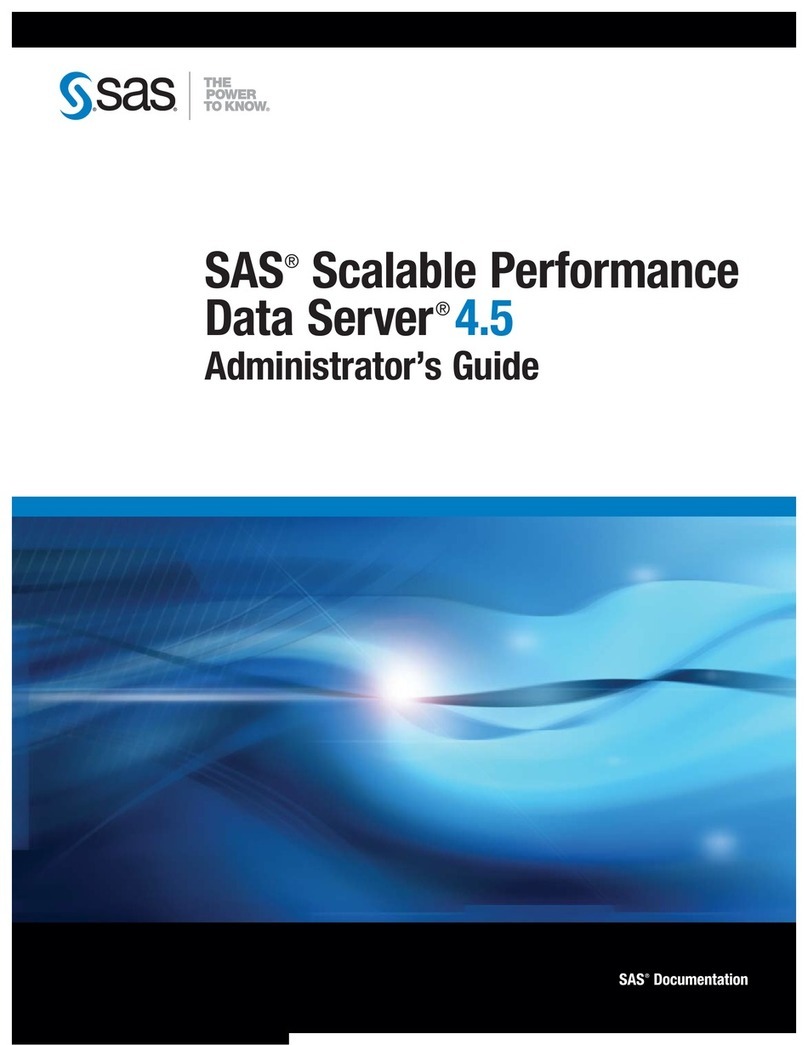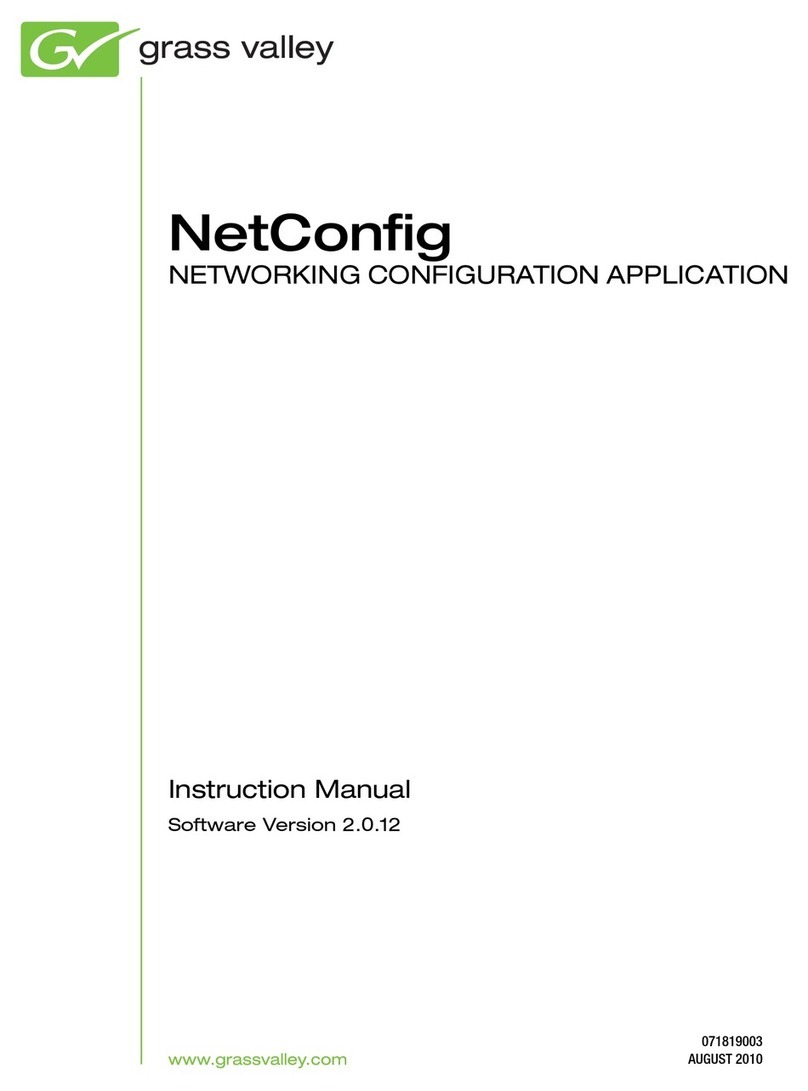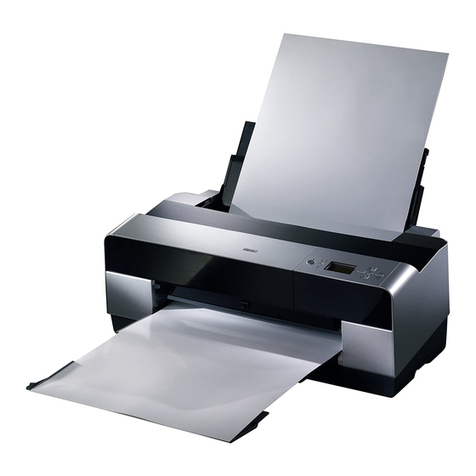
3
SecurityConfig
Contents
1. Hardware and Software requirements.................................................................................................... 4
2. Installation..................................................................................................................................................................... 4
3. Basic concepts............................................................................................................................................................. 5
3.1 Menus and general buttons for selecting functions 6
4. Importing data from an existing project .............................................................................................. 8
4.1 Importing voice messages 8
4.2 Importing configuration data 9
5. Connecting to the Unit...................................................................................................................................... 10
6. Exchanging data with the Unit ................................................................................................................... 12
7. Parameters.................................................................................................................................................................. 13
7.1 Work area 13
7.1.1 Data input procedure 14
7.2 Exchanging configuration parameters with the Unit 16
7.2.1 Receiving configuration parameters 16
7.2.2 Sending configuration parameters 17
7.2.3 Receiving the history of events 19
7.3 Configuration of the Burglar alarm section 21
7.3.1 Zones 22
7.3.2 Automations 26
7.3.3 User Preferences 32
7.3.4 Installer Preferences 33
7.3.5 Key management 34
7.3.6 Scenarios 36
7.4 Configuration of the Dialling device section 37
7.4.1 Telephone number directory 38
7.4.2 Setting up calls 39
7.4.3 Telephone functions 40
7.4.4 Block (Lock) 42
7.4.5 Protocol - ADEMCO 43
7.4.6 Line test 44
7.4.7 Telephone commands 45
8. Messages...................................................................................................................................................................... 46
8.1 Work area 46
8.2 Exchanging voice messages with the Unit 47
8.2.1 Sending voice messages 47
8.2.2 Listening to messages from the Unit loudspeaker 48
8.2.3 Receiving voice messages 48
8.3 Voice message commands 49
8.3.1 Importing an audio file 49
8.3.2 Emitting a voice message 49
8.3.3 Recording a voice message 49
8.3.4 Retrieving voice messages 49
9. Update Firmware ................................................................................................................................................... 50

